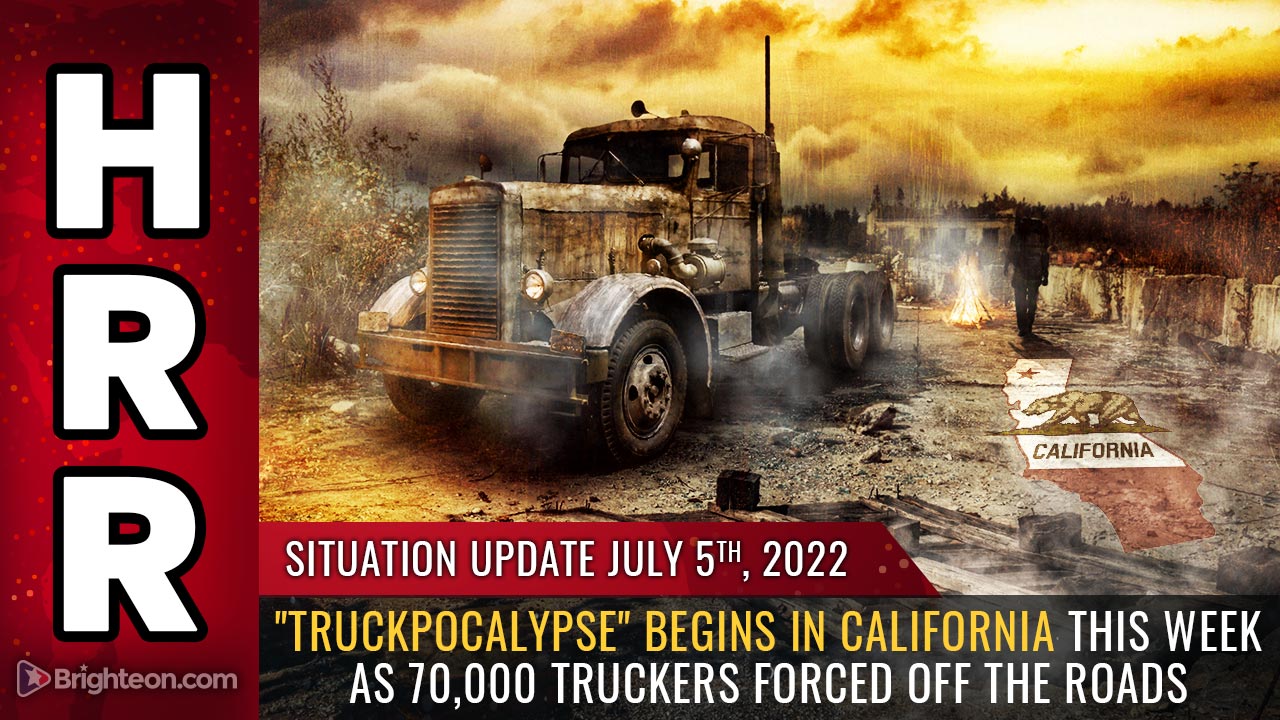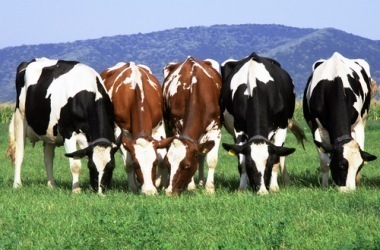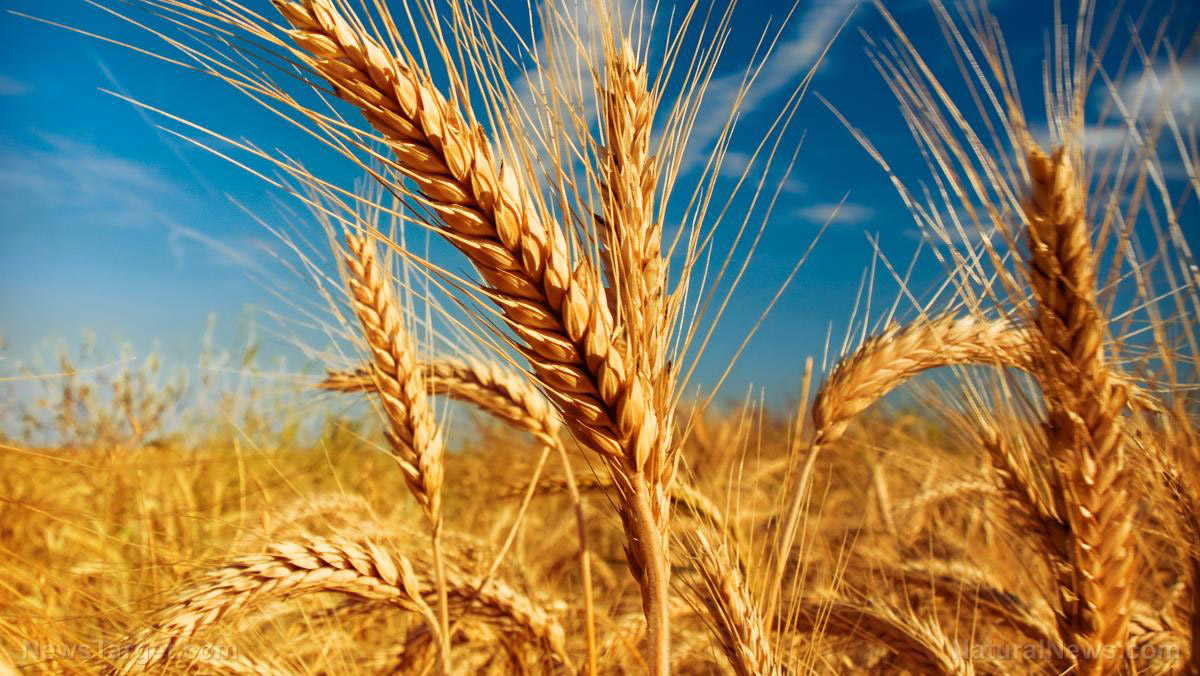Many in North America barely able to afford one meal a day, thanks to FOOD INFLATION
07/05/2022 / By Ramon Tomey

More people in the U.S. and Canada are going hungry as they can no longer afford to buy food, thanks to food inflation and shortages that exacerbate it.
One Canadian who spoke to the Globe and Mail shared how rising food prices have prompted him to further tighten his belt. Debilitating anxiety and depression caused Stephen Jones, 56, to give up a career in finance in his early 40s. Since then, he has lived on less than CA$1,200 ($931) per month in welfare assistance for the past 15 years.
“Sometimes by the end of the month, before we’re getting to the due date for the money, I’m done to maybe just a very small meal once a day,” he said. “I am almost on the verge of having to skip meals altogether in a day.” (Related: Thanks to inflation and food shortages, many people are barely able to afford even one meal per day.)
Jones, who has never relied on food banks, said he soon may have to do so.
“I know that these places are very accommodating and non-judgmental, but there’s an element of shame in doing that,” he said. “But at some point, yes, I am definitely going to have to go to a food bank.”
The Daily Bread Food Bank, which runs more than 200 food programs in the city of Toronto, said in a report that 60 percent of its patrons rely on government benefits as their primary source of income.
However, Daily Bread CEO Neil Hetherington explained that people in debt who patronize food banks often find themselves being squeezed by both rapidly climbing prices and interest rates. This leaves them with very little to spare for food.
“People have gotten to the end of their savings. They’re going into debt, and so they’re going to be turning to food banks even more,” said Hetherington.
Americans also feeling the effects of food inflation
Canadians are not the only ones feeling the effects of food inflation. Even employed Americans themselves are bearing the brunt of higher food prices.
The Iowa Capital Dispatch touched on the issue in a June 29 report. It spoke to full-time pizza restaurant cook Bobby Chase, who revealed that his meager monthly salary forces him to choose between paying for groceries or rent.
“There are places that don’t want to give hours or a pay that actually makes sure people can pay their bills or for food,” Chase lamented. To help him tide over, the cook shared that he visits multiple food banks in Ames, Iowa. In spite of his visits to local food pantries and food rationing, Chase still finds himself in a precarious situation as he barely has enough to make it through the month.
The pizza cook joins the many employed Iowans who turn to food banks to make up for rising costs. But the food banks themselves are having a hard time keeping up with demand, as Des Moines Area Religious Council (DMARC) CEO Matt Unger revealed.
According to Unger, meat tends to be the product in highest demand. With the increase in prices and demand, he admitted that stocking up on meat for DMARC’s more than 14 pantries and 25 mobile programs has become more and more difficult.
“There was one time we were able to get pounds of ground beef for the same price we would have paid for three five-ounce cans of chicken. So to be able to actually get fresh ground beef for the same cost of 15 ounces of canned chicken was really unheard of before some of the stuff that has been going.”
FoodInflation.news has more about the impact of rising food prices on ordinary people.
Watch this episode of “The Man Made Survival Show” that talks about how food banks may no longer be able to address people’s hunger.
This video is from the man made survival channel on Brighteon.com.
More related stories:
Food inflation desperation leads to VIOLENT ATTACKS in grocery stores.
Inflation and Biden economic policies forcing more Americans to turn to food banks.
UK National Farmers Union head: Crops are being wasted while food banks are being stretched thin.
Sources include:
Submit a correction >>
Tagged Under:
Canada, chaos, collapse, food banks, food collapse, food inflation, food prices, food supply, harvest, hunger, inflation, North America, panic, shortages, SHTF, starvation, supply chain, United States
This article may contain statements that reflect the opinion of the author
RECENT NEWS & ARTICLES
SupplyChainWarning.com is a fact-based public education website published by SupplyChainWarning.com Features, LLC.
All content copyright © 2021 by SupplyChainWarning.com Features, LLC.
Contact Us with Tips or Corrections
All trademarks, registered trademarks and servicemarks mentioned on this site are the property of their respective owners.



















